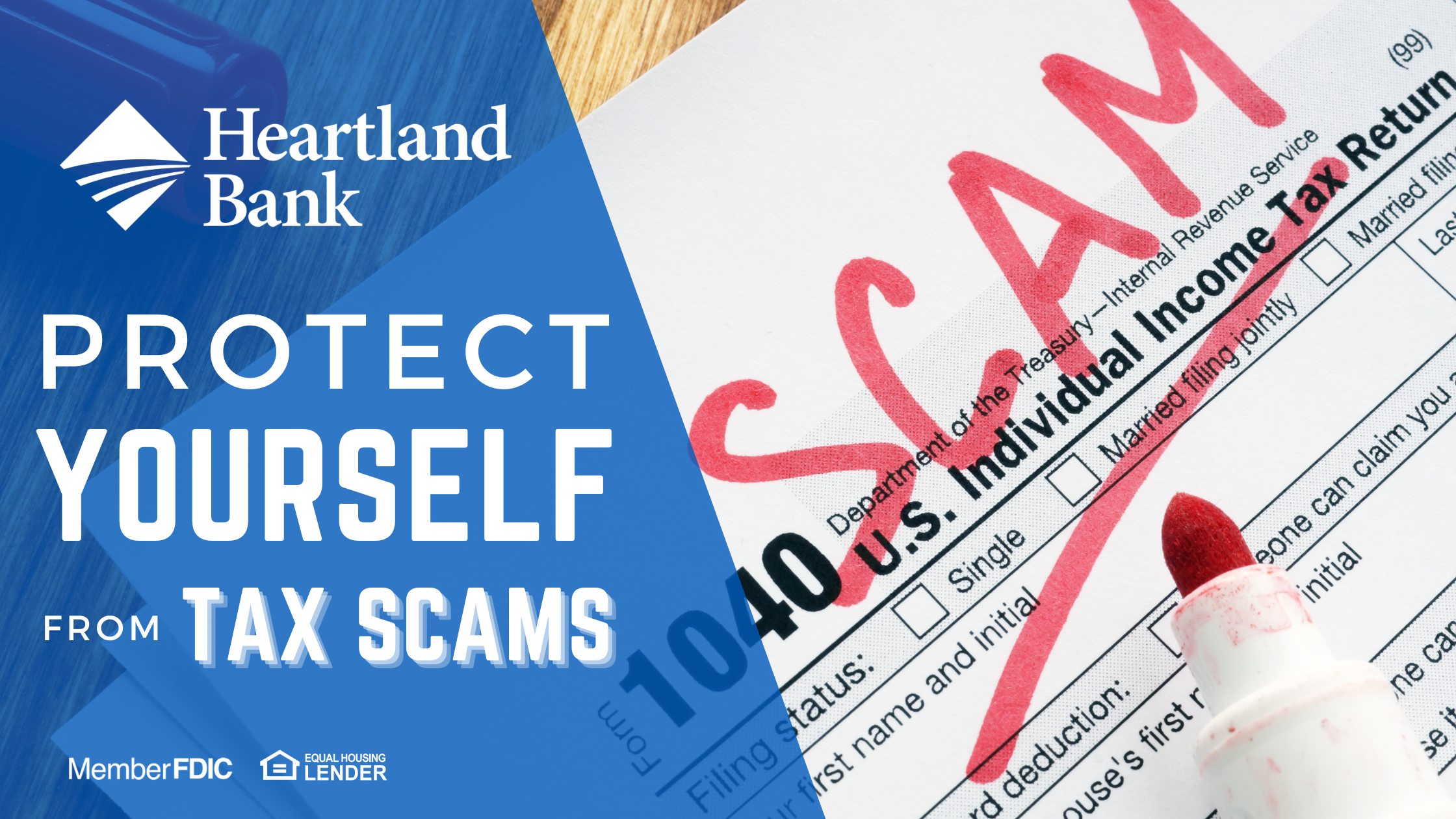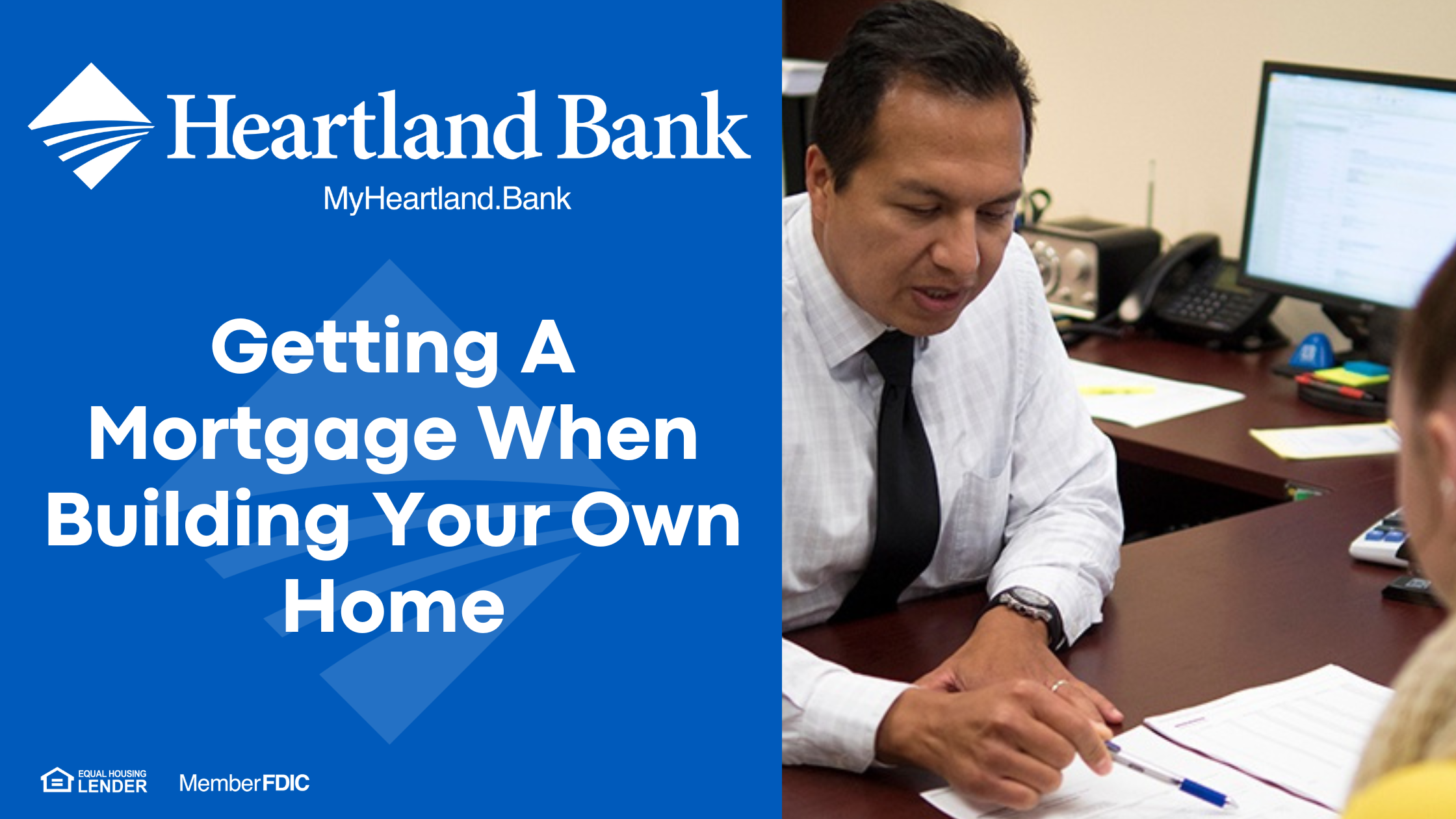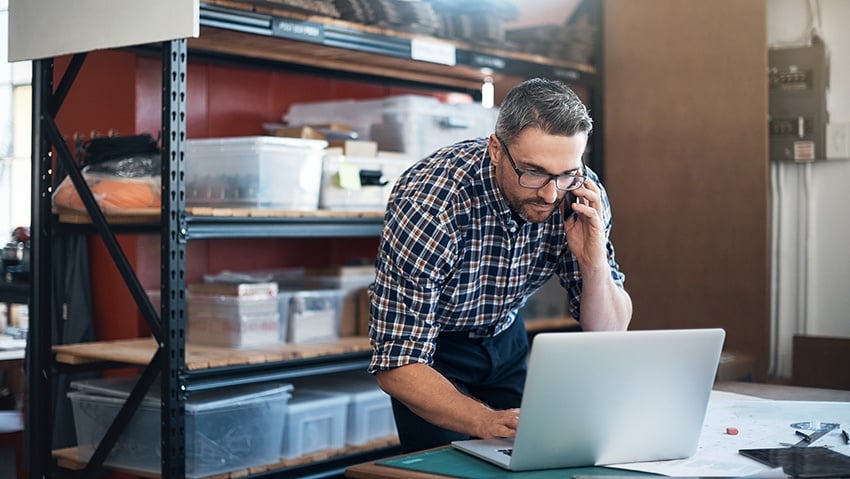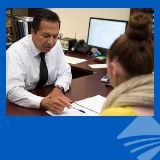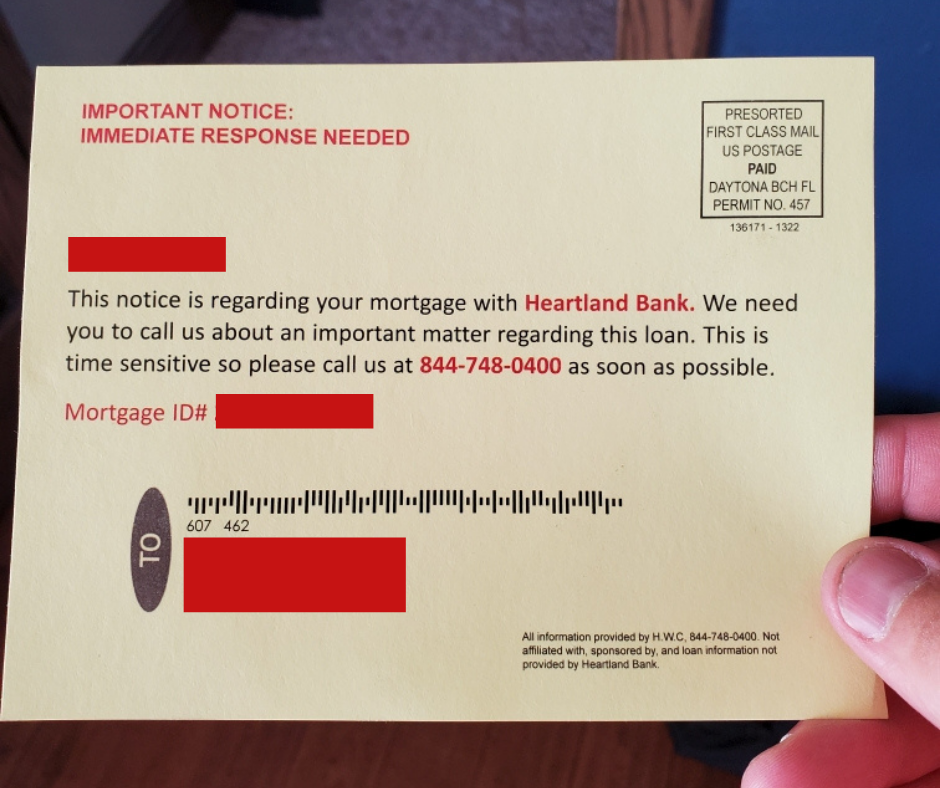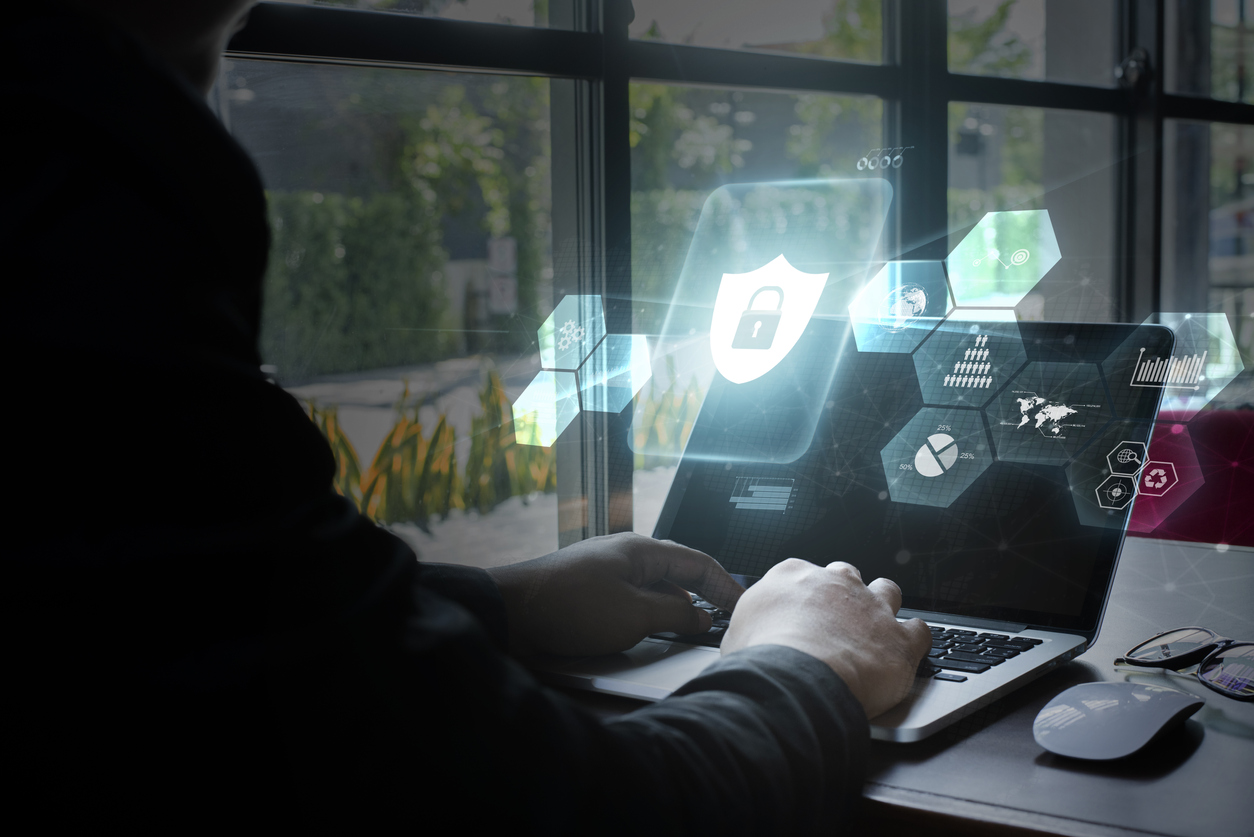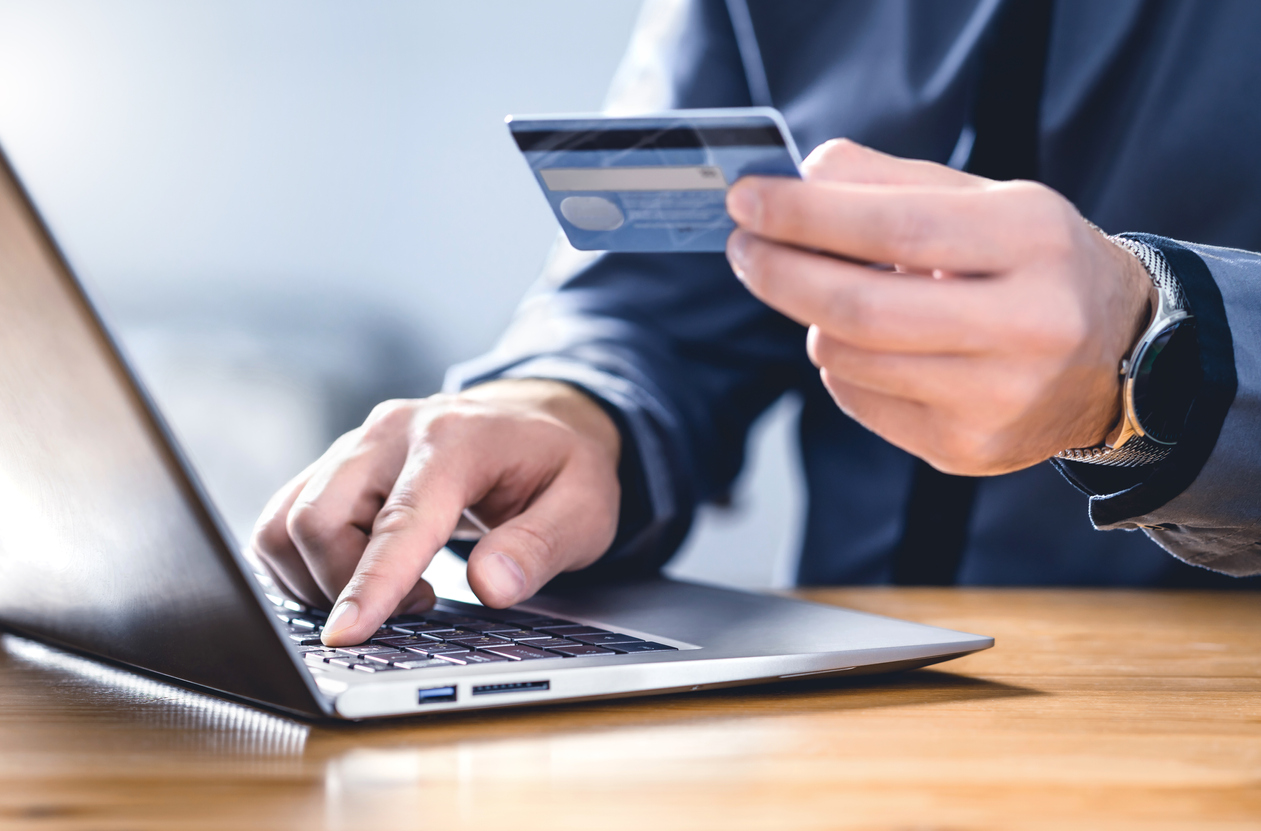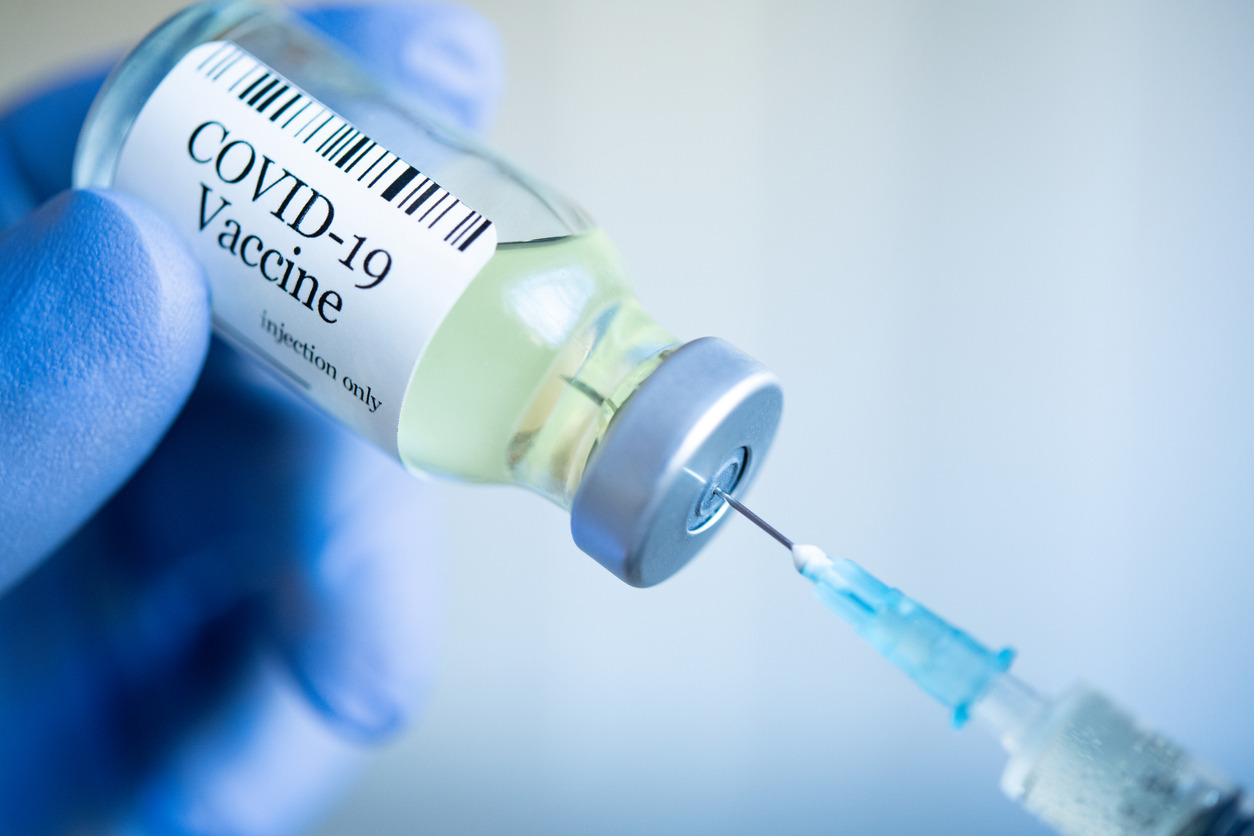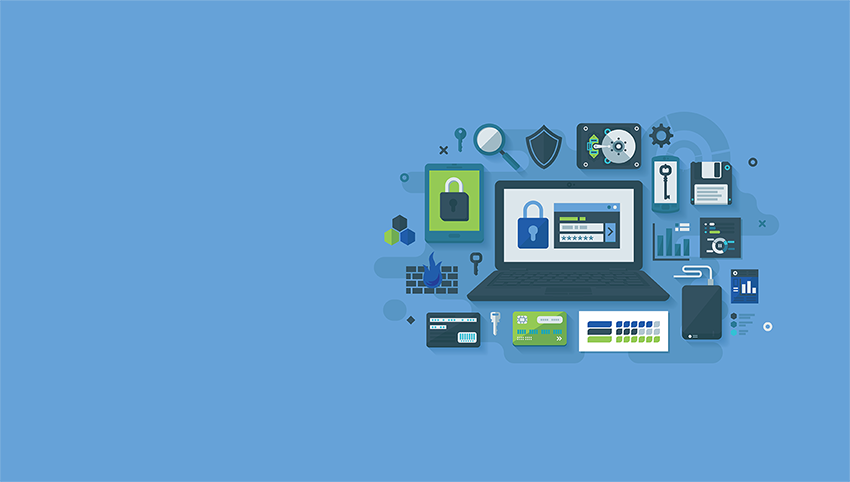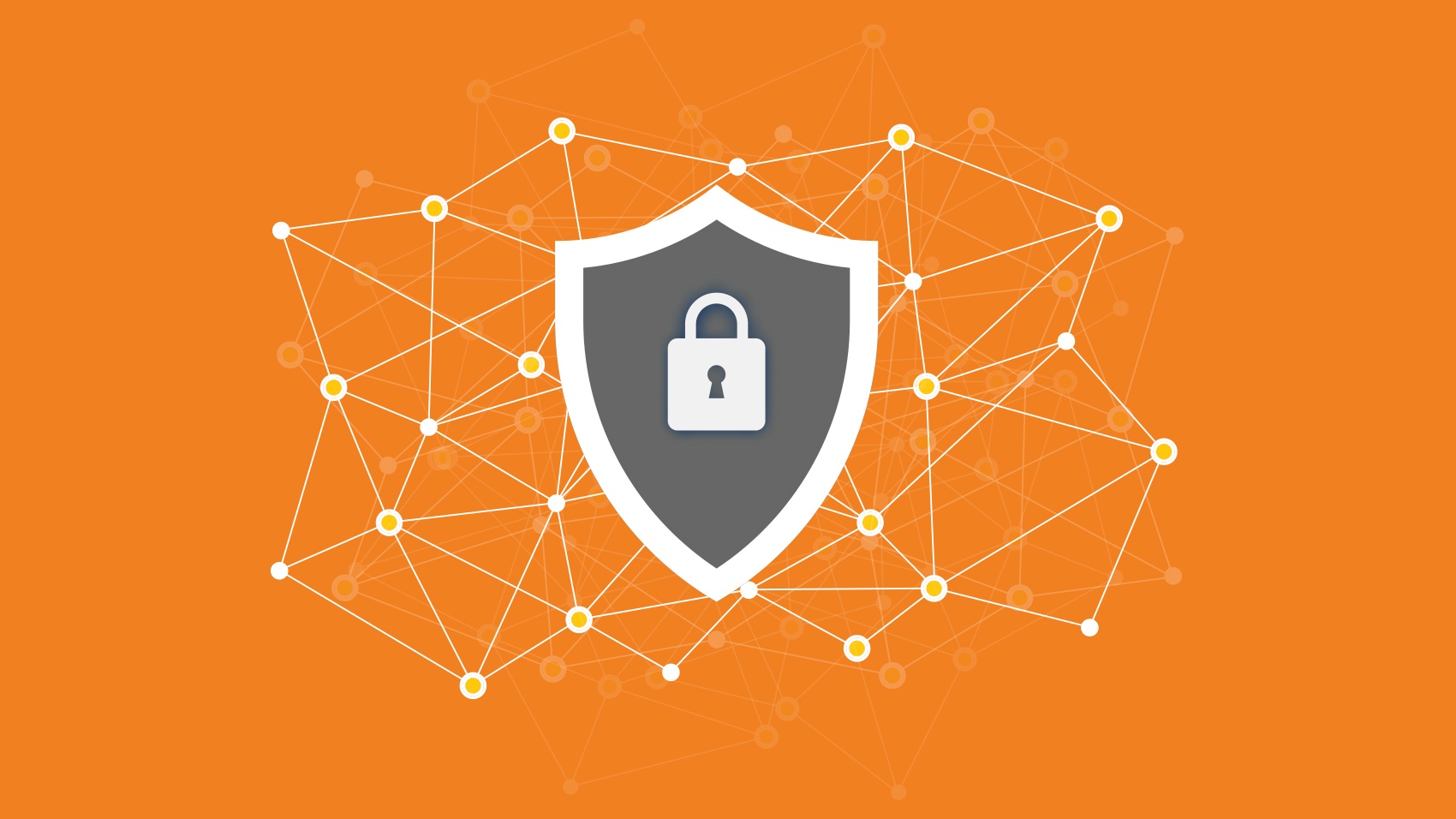
We may live in a world of contactless credit cards and mobile payment apps, but old-fashioned paper checks are far from extinct.
That continuing reliance on paper creates an opportunity for scammers to try to steal your money through a variety of fake check scams. The approaches differ, but these cons have the same basic kicker: The crooks want to get you to deposit a counterfeit check in your bank account, then return a portion of the supposed funds to them.
One common ruse is the overpayment scam. You put something up for sale in a newspaper classified ad or online post. Someone makes an offer and sends you a check — perhaps even a cashier’s check, which seems extra-safe. The check turns out to be for considerably more than what you charged for the item. The “buyer” will pretend it’s a mistake and ask you to deposit the check and refund them the difference.
That’s a scam. Crooks exploit the fact that banks must make funds from a check deposit available to the account holder within days but can take far longer to discover that the check is phony — sometime weeks, according to the Federal Trade Commission (FTC). When the check does bounce, you’re out whatever you sent the scammer, plus any other funds from the fake check that you’ve withdrawn or used. Banks do not assume those losses.
Con artists run numerous variations on this scheme.
- You get a letter, with a check enclosed, saying you’ve won a foreign lottery, but you have to wire a portion of the winnings back to cover taxes and fees.
- You get offered a government grant, scholarship money or, during the COVID-19 pandemic, a stimulus check that includes extra funds for taxes, processing or a mistaken "overpayment."
- A seemingly lucrative work-from-home job requires you to use some of your first paycheck to purchase necessary supplies. (A popular twist on this is the mystery shopper scam: A company supposedly hires you to evaluate a store, restaurant or money-transfer service and sends a check to cover your purchases.)
In each case, the check bounces and you’re out what you’ve paid. And that can be quite a bit: The Better Business Bureau reported a median loss of $1,475 from complaints of fake check or money order scams it logged in 2021, making them the second-costliest con among those the organization tracks.
These scams remain popular with fraudsters because they’re easy to pull off. With the help of a scanner and a good printer, a crook can fabricate a bogus check — even a bank draft, certified check or cashier’s check — that’s hard to distinguish from the real thing (see "6 Ways to Spot a Fake Check," below). Some phony checks even contain authentic-looking watermarks, according to the FTC.
6 Ways to Spot a Fake Check
With advances in scanning and printing, scammers can produce counterfeit checks that get alarmingly close to the real thing. But there are still several physical clues that can help you discern when you’ve been passed some bad paper. If you’re unsure of a check’s provenance, follow these tips from EPCOR, a nonprofit association that works to improve payment systems for more than 2,000 member banks, credit unions and other financial institutions in 12 states.
1. Feel the edges
Legitimate checks will usually have at least one rough or perforated edge. One sure-fire way of spotting a fake is to examine its edges. If all four sides are smooth, it was likely not issued by a financial institution.
2. Look at the logo
A hallmark of any legitimate check is the logo of the bank where the account is held. If there’s no logo, it’s probably not a real check. If there is a logo but it’s faint or faded, that’s a sign that it’s been copied from another source.
3. Verify the bank address
Even if the logo looks legit, check the website of the named bank, or call its customer-service number, to make sure the address written on the check is correct. If the address is absent or includes a P.O. Box, don’t cash the check.
4. Check the check number
Every legitimate check contains a number that appears in two places: in the upper-right corner and in the magnetic ink character recognition (MICR) line at the bottom. If the numbers don’t match, it’s a bogus check.
And be wary of low numbers, such as 101-400 on a personal check or 1,000-1,500 on a business check. This signals a new account, and 90 percent of fake checks are written from new accounts, EPCOR warns.
5. Rub the MICR line
Rub your finger over the line at the bottom of the check and look closely at its quality. The special ink used for the MICR line prints out smoothly. Any indication of raised or shiny numbering means the check is fake.
6. Examine the paper
Authentic checks are printed on thick, coated paper stock with a matte finish. If a check feels thin and flimsy when you bend it, or looks shiny, it’s probably phony. Another test is to run a damp finger across inked areas on the paper. If the ink smears, the check is fraudulent.
Warning Signs
- A prospective buyer of something you put up for sale sends you a check for more than the asking price.
- You get a check in the mail with lottery winnings you can only claim by wiring back some of the money. No legitimate sweepstakes or lottery requires payment to play or collect a prize.
- A grant, scholarship or job requires you to send back a fee out of your first payment.
Do's
- Do suggest that a buyer who wants to pay you for an item or service by check use a safer alternative — for example, an online peer-to-peer service like PayPal.
- Do ask for checks to be drawn on local banks or banks with local branches. That way, you can visit the bank to make sure the check is legit. If you do accept a check from an out-of-town bank, call it before you deposit the check to verify that the check is genuine.
- Do examine checks carefully for irregularities like those listed in the box above.
- Do back out of a sale if the buyer pressures you to wire back funds.
- Do wait at least two weeks after you deposit a check from an unfamiliar source before you withdraw or spend money from it.
Don'ts
- Don’t accept a check that’s made out for more than the price of the item or service you’re selling. Insist that the buyer make out a new one for the correct amount.
- Don’t rely on a phone number for a bank that a seller prints on a check. If you want to call to authenticate the payment, look up the bank’s number on its official website.
- Don’t wire money to people you don’t know.
- Don’t give in to pressure to move fast on a payment to secure a job or supposed financial windfall. If a deal is legitimate, it will still be available after the check clears.
More Resources
- Report fake check scams to the FTC, by calling 877-382-4357 or filing an online complaint.
- Since fraudulent checks usually come through the mail, you can also report them to the U.S. Postal Inspection Service.
- Contact your state’s attorney general and consumer protection agency.

AARP is a nonprofit, nonpartisan organization that empowers people to choose how they live as they age.
